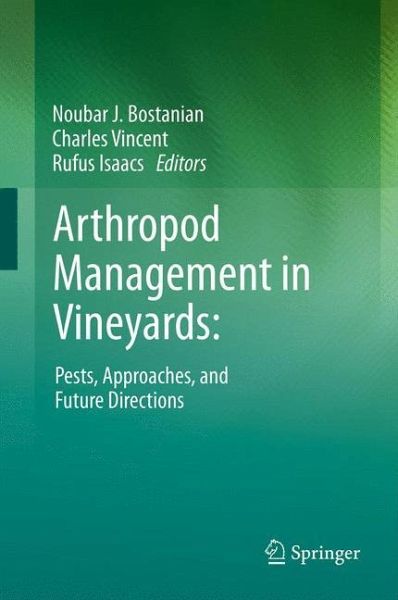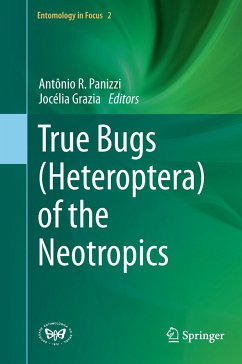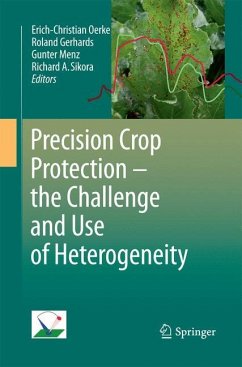
Arthropod Management in Vineyards:
Pests, Approaches, and Future Directions
Herausgegeben: Bostanian, Noubar J.; Vincent, Charles; Isaacs, Rufus
Versandkostenfrei!
Versandfertig in 6-10 Tagen
211,99 €
inkl. MwSt.

PAYBACK Punkte
106 °P sammeln!
Provides a state-of-the-science overview of arthropods affecting grape production around the world. Vineyard pest management is a dynamic and evolving field, and the contributed chapters provide insights into arthropods that limit this important crop and its products. Written by international experts from the major grape-growing regions, it provides a global overview of arthropods affecting vines and the novel strategies being used to prevent economic losses, including invasive pests affecting viticulture. The book contains reviews of the theoretical basis of integrated pest management, multip...
Provides a state-of-the-science overview of arthropods affecting grape production around the world. Vineyard pest management is a dynamic and evolving field, and the contributed chapters provide insights into arthropods that limit this important crop and its products. Written by international experts from the major grape-growing regions, it provides a global overview of arthropods affecting vines and the novel strategies being used to prevent economic losses, including invasive pests affecting viticulture. The book contains reviews of the theoretical basis of integrated pest management, multiple chapters on biological control, current status of chemical control, as well as in-depth and well-illustrated reviews of the major arthropod pests affecting grape production and how they are being managed worldwide. This text will serve as a primary resource for applied entomologists, students, growers, and consultants with interests at the intersection of viticulture and applied entomology














